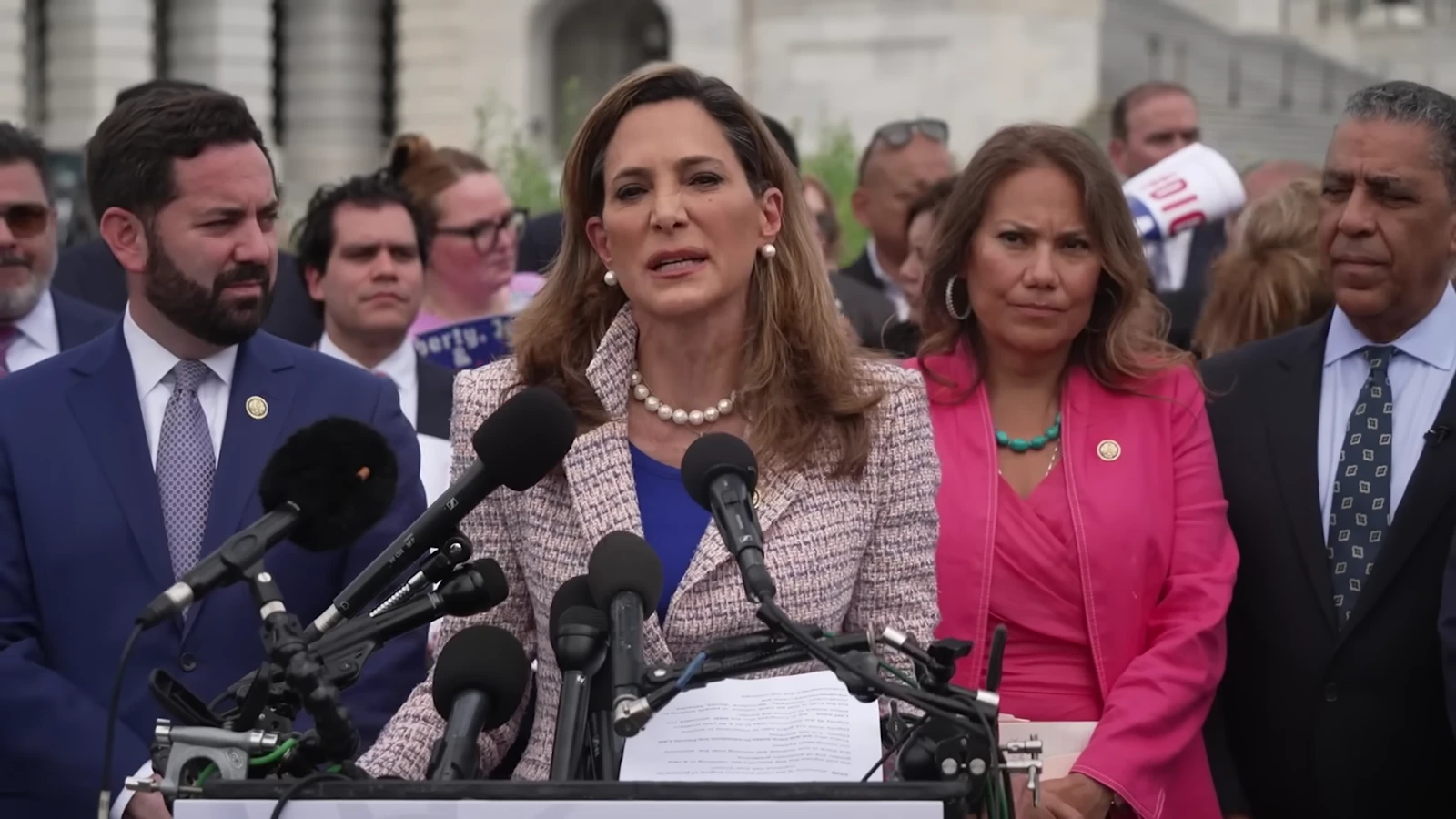September 2025 Visa Bulletin Released
The Department of State has published the September 2025 Visa Bulletin, and USCIS has confirmed that it will use the “Dates for Filing” chart for family-sponsored Adjustment of Status (AOS) applications throughout the month. This is significant for families waiting to file, as “Dates for Filing” often allow earlier submission of applications compared to the stricter “Final Action Dates”. If your priority date falls before the listed cut-off in your category, you may be eligible to file your AOS package — including I-485, I-765 for work authorization, and I-131 for travel — starting in September.
The use of the “Dates for Filing” chart provides stability for families living in the U.S. by giving them lawful status while waiting, as well as families with children nearing age-out under the Child Status Protection Act (CSPA).
Applicants should carefully review the September Visa Bulletin and match their family preference category (F1, F2A, F2B, F3, or F4) to the published dates. Because priority dates can move forward or backward, filing as soon as eligibility opens is often the best way to avoid future delays.
Find out more on the Department of State website.
USCIS Adds “Anti-Americanism” Screening to Good Moral Character Reviews
In August, multiple U.S. outlets reported on increased USCIS scrutiny around family-based and other immigration applications. USCIS has signaled more attention to applicants’ good moral character and screening for ideological or “anti-American” views. While these measures were discussed primarily in the context of naturalization and broader benefits adjudications, the impact may ripple into family-based green card cases as officers are trained to flag inconsistencies or concerns during interviews.
For family applicants, this heightened vetting means interviews may go deeper into the authenticity of the relationship, the applicant’s background, and even past statements on social media or in prior filings. Couples and families should expect requests for stronger documentation — such as joint financial records, affidavits from friends and relatives, and evidence of ongoing cohabitation. Cases that once might have sailed through could now face additional questions, delays, or even denials if documentation is weak.
If these changes affect your case, SimVisa is here to provide the legal support and guidance your family needs.

U.S. Immigrant Population Declines for First Time Since the 1960s
Recent reports show that the U.S. immigrant population has declined for the first time in decades, marking a major shift in immigration trends. According to a Pew Research Center analysis, between January and June 2025 the immigrant population dropped by 1.4 million, from 53.3 million to 51.9 million. This decline reduced the share of immigrants in the U.S. population from 15.8% to 15.4%, while the share of immigrants in the workforce fell from 19.3% to 19%. Analysts link this decrease to intensified enforcement measures under the Trump administration, coupled with restrictions carried over from the Biden era.
The Pew report further highlights how immigrants are distributed by legal status: 46% are naturalized citizens, 23% are lawful permanent residents, 4% hold temporary legal status, and 27% are unauthorized. The proportion of unauthorized immigrants is at a record high, with many relying on fragile forms of relief such as Temporary Protected Status, parole, or pending asylum claims. These categories are vulnerable to policy changes, making stability for many families uncertain.












